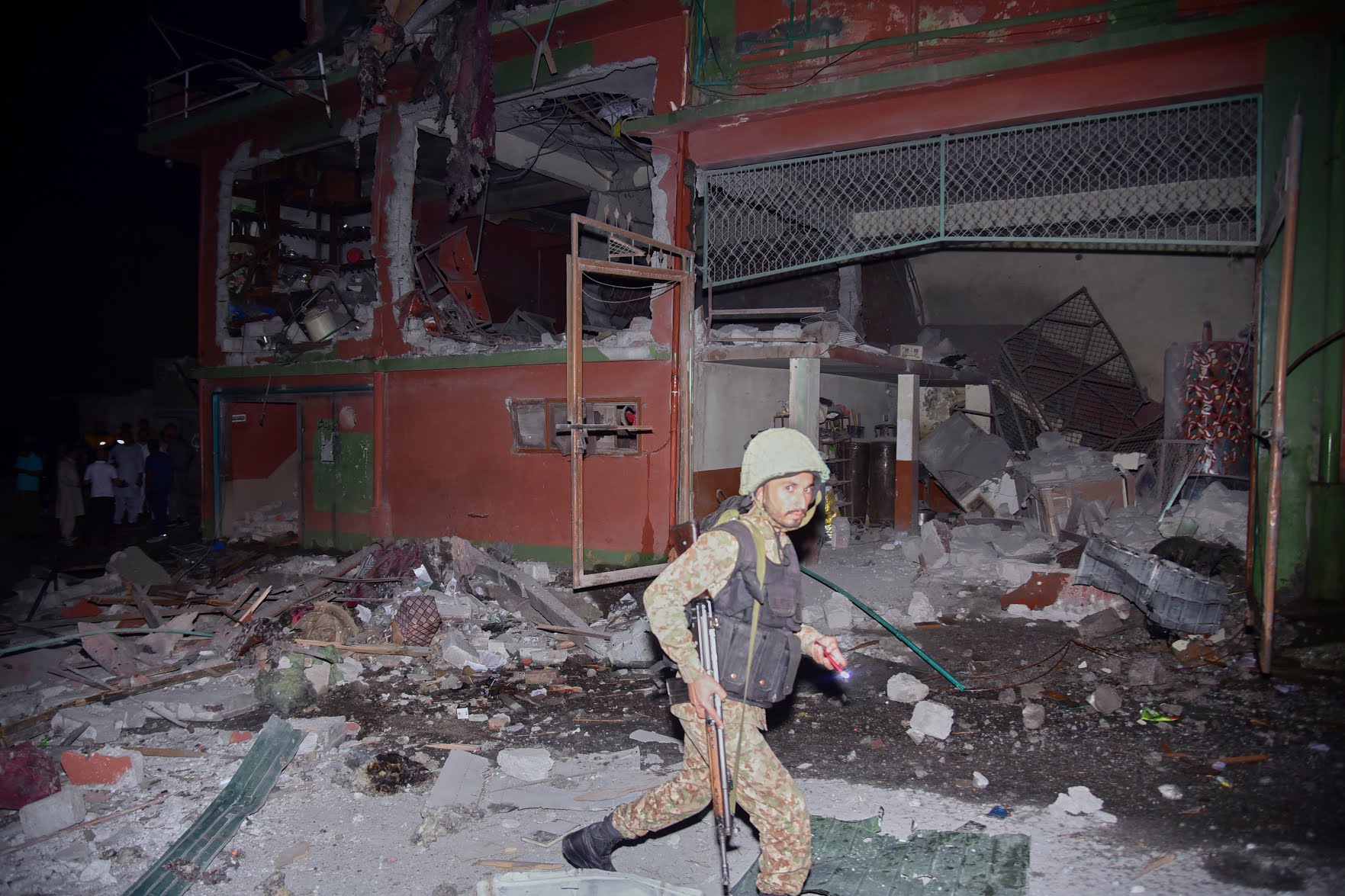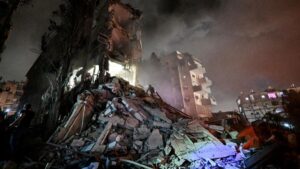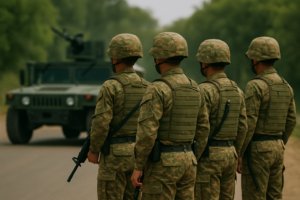India and Pakistan have long endured a fragile and often volatile relationship, marred by historic wars, cross-border skirmishes, and deep-seated political grievances. While Kashmir has traditionally stood at the core of most confrontations, the current spiral of aggression in 2025 stems from a completely different flashpoint—an unexpected, tragic attack in Pahalgam, Indian-administered Kashmir.
Following the Pahalgam attack, which claimed the lives of 26 individuals —mostly tourists — India quickly blamed Pakistan for masterminding the violence. Prime Minister Narendra Modi’s government did not wait for international investigations or joint inquiries. Instead, without presenting verifiable proof or consulting global mediation channels, India chose the path of retaliation.
What followed was a swift and coordinated aerial offensive deep into Pakistani territory, a move that escalated regional tensions overnight. Late into the night, India launched what it called “Operation Sindoor,” striking several locations in Pakistan and Pakistan-administered Kashmir.
Notably, the targeted areas included Bahawalpur, Muridke, Muzaffarabad, Kotli, Bhimber, and Sialkot. India claimed and blamed these locations were linked to militant groups such as Lashkar-e-Taiba and Jaish-e-Mohammed.
However, in the aftermath of the strikes, the Pakistani government reported extensive civilian damage. One of the most devastating instances occurred in Muzaffarabad, where the Bilal Mosque —centuries old and historically significant— was damaged during evening prayers. The collapse of its roof and minaret resulted in multiple civilian casualties.
In Bahawalpur, the attack claimed the lives of 10 people. Additionally, across these areas, a total of at least 26 civilians, including women and children, were reported dead, with over 40 others injured.
Moreover, several reports from local residents indicate that charitable institutions, schools, and residential buildings near the targeted areas suffered collateral damage. As residents fled to nearby hills and shelters, the atmosphere of fear and helplessness intensified across the affected regions.
It is essential to underline that this unilateral military action constitutes a clear violation of international law. According to Article 2(4) of the United Nations Charter, the use of force against another state’s territorial integrity or political independence is prohibited unless explicitly authorized by the UN Security Council or invoked under legitimate self-defense after an armed attack. India’s strikes, launched without UN sanction or definitive proof, therefore stand as a breach of this foundational legal framework.
Historically, India has employed similar tactics during previous confrontations. The 1965 war saw India launch a surprise operation across the Rann of Kutch, and in 1971, it acted militarily during Pakistan’s internal crisis in East Pakistan.
These ambush-style offensives have often resulted in short-term strategic gains but long-term regional instability. This time, however, the stakes are even higher. The deliberate targeting of sites with religious, residential, and humanitarian value pushes the crisis into dangerous new territory.
Additionally, the narrative emerging from New Delhi proclaiming that “justice has been served” rings hollow to many, especially when viewed against the backdrop of civilian graves and shattered homes.
Pakistan has consistently denied involvement in the Pahalgam attack and has called for an independent international investigation to establish the facts before any blame is assigned.
In this context, it becomes imperative to emphasize that retaliatory warfare does not equate to justice. Both nations are nuclear-armed, with massive civilian populations and intertwined cultural and economic ties.
An escalation of this magnitude serves no one’s long-term interests. The death of a three-year-old child in a strike zone cannot be dismissed as collateral damage. Instead, it is a human tragedy that demands empathy and accountability.
Therefore, as the world watches with concern, it is vital for both India and Pakistan to reconsider their paths. Escalation, aggression, and revenge have never paved the way to lasting peace. Instead, mature diplomacy, mutual restraint, and respect for international norms must prevail.
War is not the solution. It never has been. The future of South Asia lies not in bombs and rhetoric but in the ability of its leaders to prioritize humanity, stability, and dialogue over violence.
📍 English Language Educator | Blogger & Content Strategist | 7+ Years in Educational Blogging
Nosheen Bashir is a dedicated English teacher and experienced blogger with over seven years of expertise in content creation and educational writing. Passionate about language, literature, and effective communication, she combines her teaching experience with blogging skills to create insightful, research-backed content that helps learners and educators alike.
🔹 Expertise & Achievements:
✔ English Language Education: A skilled educator with years of experience in teaching English grammar, literature, and communication skills to students of varying levels.
✔ Educational Blogging: Running a successful blog for 7+ years, delivering well-structured, engaging content on language learning, writing techniques, and academic success.
✔ SEO & Content Strategy: Specializes in creating high-ranking, authoritative articles that follow Google’s EEAT principles, ensuring content that is both informative and search-friendly.
✔ Student-Centric Approach: Committed to making English easier, engaging, and accessible, helping readers and students improve their language proficiency.
🚀 With a passion for teaching and writing, Nosheen Bashir is dedicated to crafting educational content that empowers students, teachers, and language enthusiasts worldwide.









